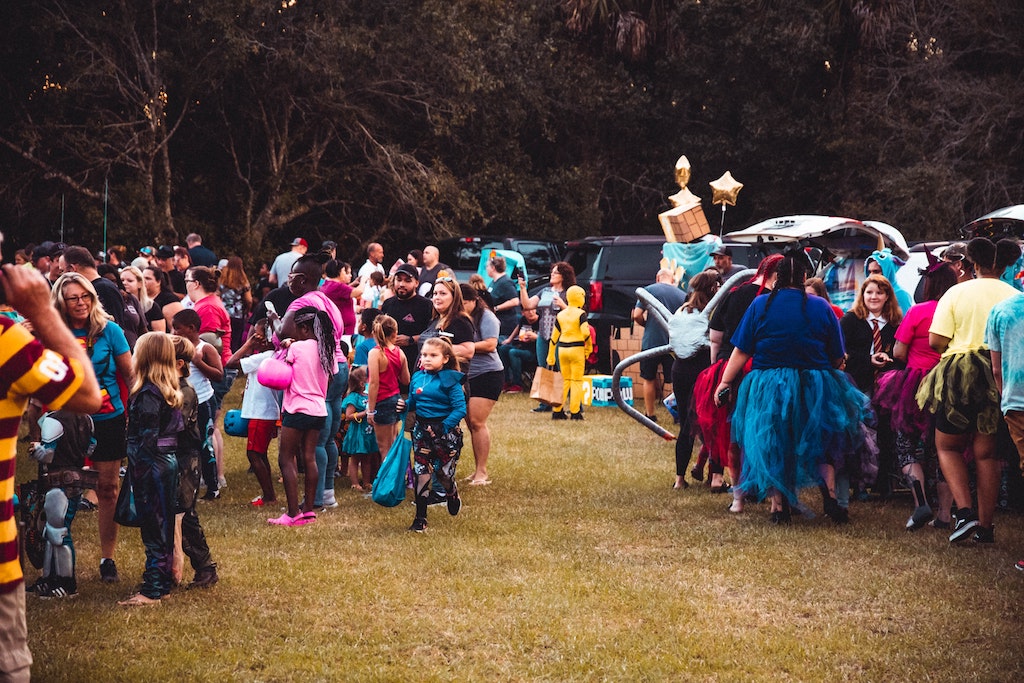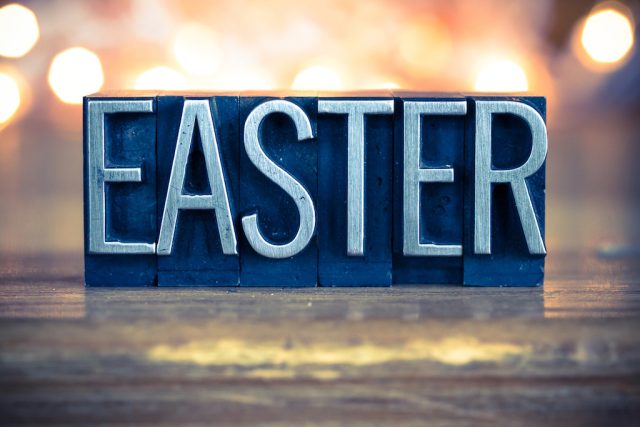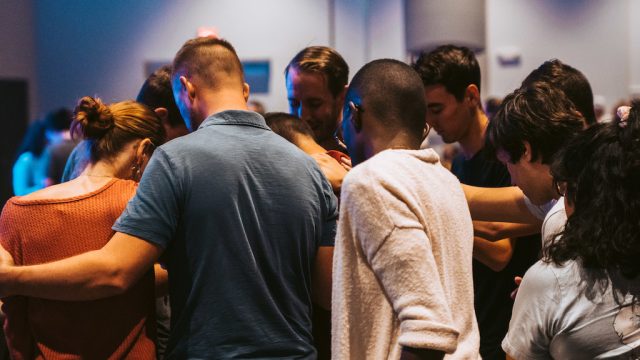Article
How to Follow Up with Fall Outreach Event Guests
Danny Franks

Fall has fallen upon us once again. And as sure as we can count on cooler temperatures, colorful leaves and pumpkin-spiced everything (Seriously: no one is asking for pumpkin-spiced cat treats. Knock it off!), we also can count on a surge in first-time guests.
Many churches see three upticks in attendance between August and December. The first comes as families return from vacation, kids go back to school and routines are re-established. The third happens just before Christmas, with new guests turning out for the familiar traditions of celebrating the incarnation.
And that uptick in the middle? That’s the October surge of fall outreach events.
Whether you call it Trunk or Treat, Harvest Festival or Holy Ghost Weenie Roast (I’ve actually seen that on a church sign in our town, and I’ll beg you not to replicate it); whether you avoid any comparisons to Halloween or go all in with a costumes-and-free-candy event, your fall outreach is a great time to introduce your larger community to your church community.
But how do you follow up effectively? And why is it so important? I’ll share seven thoughts:
1. Start with ‘why’
Simon Sinek popularized this phrase a few years back with his book of the same title. Whether we’re talking about outreach events or following up after the event, we have to ask ourselves some hard questions about our own motivations.
We have to be honest when asking “Are we doing this for our church or our city?” There’s a difference between a thinly veiled growth campaign and an event that sincerely seeks to engage and bless the people of your town. Lean toward the former, and your guests will smell it for what it is and feel like pawns in a game. Lean toward the latter, and you’ll create actual engagement by selflessly serving your city.
Answering this question honestly will shape why (and how) you collect information and why (and how) you follow up.
2. Don’t force it and don’t make it weird
Think about a church outreach event from the perspective of your guests: It’s a brand-new place. They don’t know what to expect or where to go. They might be a bit skeptical. And if they’re historically unchurched, they probably have a few preconceived ideas of what the experience will be like.
We reinforce those notions when we strong-arm guests for information, deluge them with brochures on everything from our statement of faith to the small groups directory to online giving options – and bait-and-switch a fun family event by dragging everyone into a room for what will feel like a 70-hour formal presentation. (Let’s face it: When your kids are hopped up on Holy Ghost Weenie Roast fun-sized Snickers bars, seven minutes always will feel like 70 hours!)
Let me illustrate the “don’t make it weird” plea with one of my favorite anecdotes. A few years ago, a homeowner in our town set up a life-sized cardboard cutout of a certain Democratic president and before you were allowed any candy, you had to have your picture taken with the cutout. (And you had to smile.)
Politically-conservative readers are freaking out right now with even the thought of that. But reader, how many times do we do the same things to our guests? We assume a belief system they don’t have, force a conversation they’re not ready for, get pushy about collecting information or make them jump through unnecessary hoops.
Again: Are we doing this for them or for us?
3. Create obvious, optional and multiple on-ramps
If we’re going to avoid weird and pushy, we need to put our guests in control. Sure, you can blockade the entry with a doorkeeper who requires a name, address, three forms of contact information and a blood sample. Or you can drop a trail of breadcrumbs that your guests can follow if they choose: A first-time guest tent (or several) in obvious spots around the event. A QR code on slides or signs or simple handouts. A brochure that invites them to leave an email address if they want to connect more.
I’m all for having an accurate record of every newcomer who shows up for a weekend service or a special event, but I’m not for that if they feel like they’ve been pushed to take a step they’re not yet ready for.
4. ‘One big bucket’ isn’t just for candy
Multiple on-ramps does not mean multiple landing places for guests’ information. All information cards, QR codes, brochure tear-offs, etc. should dump into the same pot. Giving multiple ministries the ability to do separate info grabs will mean that a family is getting multiple follow-ups, which is the communications equivalent of finding a box of raisins in your Halloween loot.
5. Keep it targeted, simple and short
Your method of follow-up will derive from the information you actually collect. Most guests are willing to leave an email address, which makes a night-of or day-after contact a breeze. One generic email to all guests – thanking them for coming, pointing them to a potential next step and offering ways to further connect – is easy.
If a guest leaves a phone number, you have to choose between a text or a phone call. Did they submit via a QR code or keyword text? In that case, a text is a no-brainer. But if they jotted their home or cell number on an information card, I’d suggest a personal call follow the generic email a few days after their visit.
Again: Brevity is key. Thank them for coming. Give them a next step. And ask if there are practical ways you can serve or pray for their family.
6. About that next step …
Our outreach event can’t be the “one and done” until our Christmas Eve services roll around and we outreach all over again. Plan now for a next step or two that will help your guests further connect with your church. Since many fall outreach events draw young families, a relevant next step might be a parenting class or a mom’s morning out. A November sermon series centered around gratitude could be a felt need that further draws people in. Even the very practical step of offering to meet guests on a Sunday morning and sit with them during the service can continue that connection.
What we shouldn’t do is offer next steps that feel like too much, too soon. That might be an invitation to our covenant membership or doctrines class. (“You liked that unlimited candy? Wait’ll you hear about limited atonement!”) For some, even an invitation to a Bible study can feel intimidating.
Again, going back to the “is this for them or for us?” question, let’s meet our guests where they are and create next steps that are relevant and helpful to them.
7. Know that God cares more about your guests than you do
We can pull off the greatest Fall Festival in history. We can allocate our total outreach budget to that one event. We can pat ourselves on the back with hundreds of new prospects – or kick ourselves because no one stopped by the “New Here?” desk.
But what we have to remember is that God is already working in the lives of our guests, and He can use our outreach event to move the spiritual needle in their lives. Our job is to throw the doors open wide, love our city well, provide practical ways to connect and trust God for the results.




